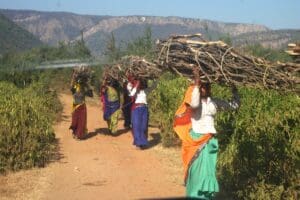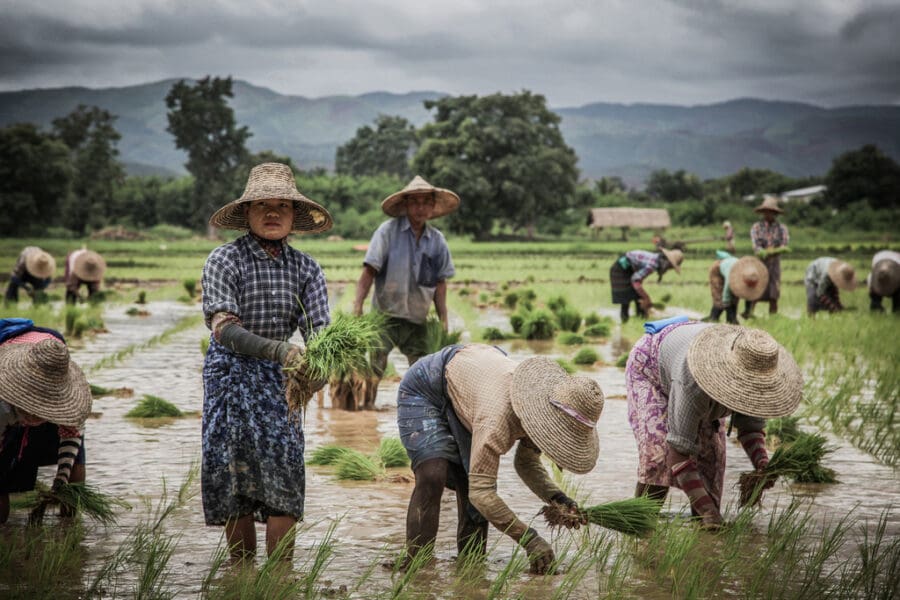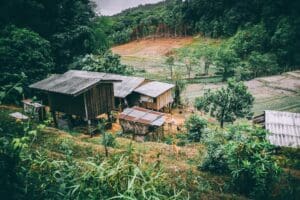Originally published on Mongabay.com on 15 March, 2021
On Sept. 3, 2019, the remains of Porlajee “Billy” Rakchongcharoen, a Karen environmental and community rights defender who disappeared in 2014, was found in an oil drum submerged under the Kaeng Krachan dam suspension bridge in Phetchaburi, Thailand. Billy was last seen by his community while being arrested by Kaeng Krachan National Park superintendent Chaiwat Limlikit-aksorn and his officers for allegedly collecting wild honey illegally.
Three years before Billy’s disappearance, under the same superintendent’s watch, 98 houses and rice barns were burned in the village of Baan Jai Phaen Din, also in Kaeng Krachan National Park. Charges filed by the community against the former superintendent and the officers were controversially dropped in early 2020. In the meantime, Thai authorities continue to claim the settlement is illegal.
Established in 1981, Kaeng Krachan National Park sits on Thailand’s central border with Myanmar. Before being evicted by the military in 1996, the Karen Indigenous Peoples lived sustainably for centuries inside the park in their original village of Baan Jai Paen Din, meaning “land of our heart.” Ever since the eviction, they have been systematically resettled into the lowlands.
Recently, Karen members began returning to Baan Jai Paen Din in the uplands. As a result, they once again face renewed threats of eviction from the military and the country’s conservation authorities. The ongoing conflict in Kaeng Krachan is perhaps Thailand’s most well-known conflict between Indigenous Peoples and conservation activities — but it’s far from the only one. The Kaeng Krachan conflict is a clear example of deeper issues embedded in Thailand’s legislative system.
The Indigenous Peoples of Thailand, like many across the world, find themselves navigating global climate agendas and national environmental laws that position human rights as antagonistic to achieving biodiversity targets. This misguided notion has resulted in conflicting and outdated forestry laws and an increasingly securitized conservation strategy, which are jeopardizing the possibility of creating solutions that benefit the climate as well as people.
In Thailand, as in other countries, the moral imperative of preserving Earth systems is being used as an avenue for continued rights abuses against already vulnerable and marginalized communities. Rather than recognize the rights of those who have traditionally managed lands, Thai environmental policy favors centralized approaches to conserving “strategic” resources. As biodiversity becomes increasingly scarce, combating biodiversity loss through increasingly militarized means seems to be less about conserving species populations and more about ensuring territorial control. The implications of these militarized approaches are militarized outcomes, conflict, abuse, displacement, disappearances and violence.





